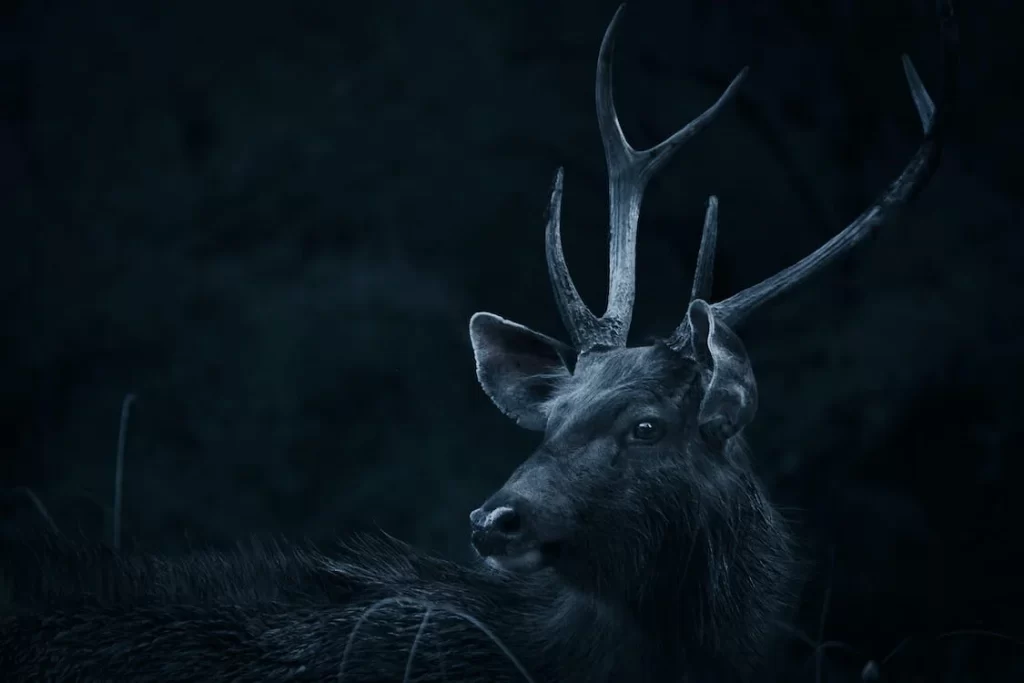Night wildlife photography, a captivating niche in the world of photography, has been gaining immense popularity for its unique challenges and the breathtaking moments it captures. As the sun sets and the nocturnal creatures emerge, photographers armed with cameras and a passion for the wild embark on a journey to freeze those elusive moments in the dark. Let’s explore the intricacies of this fascinating art form.
Table of Contents
Introduction
Night wildlife photography involves capturing images of animals in their natural habitat during low-light conditions. This genre requires a unique set of skills, equipment, and a deep understanding of both photography and wildlife behavior.
In recent years, night wildlife photography has witnessed a surge in popularity. Enthusiasts are drawn to the challenge of photographing creatures in their element, showcasing their behavior under the veil of darkness.
Essential Equipment
Night wildlife photography is an exhilarating endeavor that requires meticulous planning and the right tools for the job. The choice of equipment plays a pivotal role in determining the success of capturing those elusive nocturnal moments. Here, we delve deeper into the essential equipment needed for a successful night wildlife photography expedition.
Camera Selection
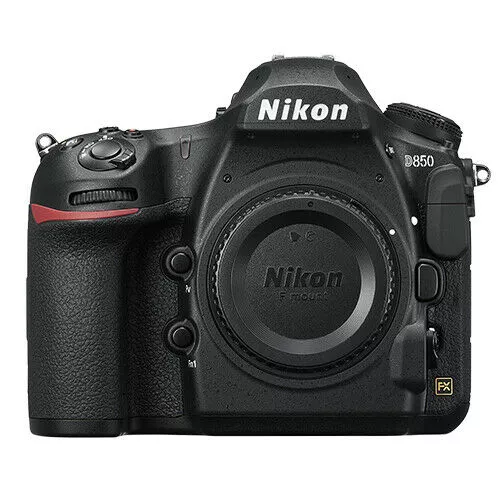
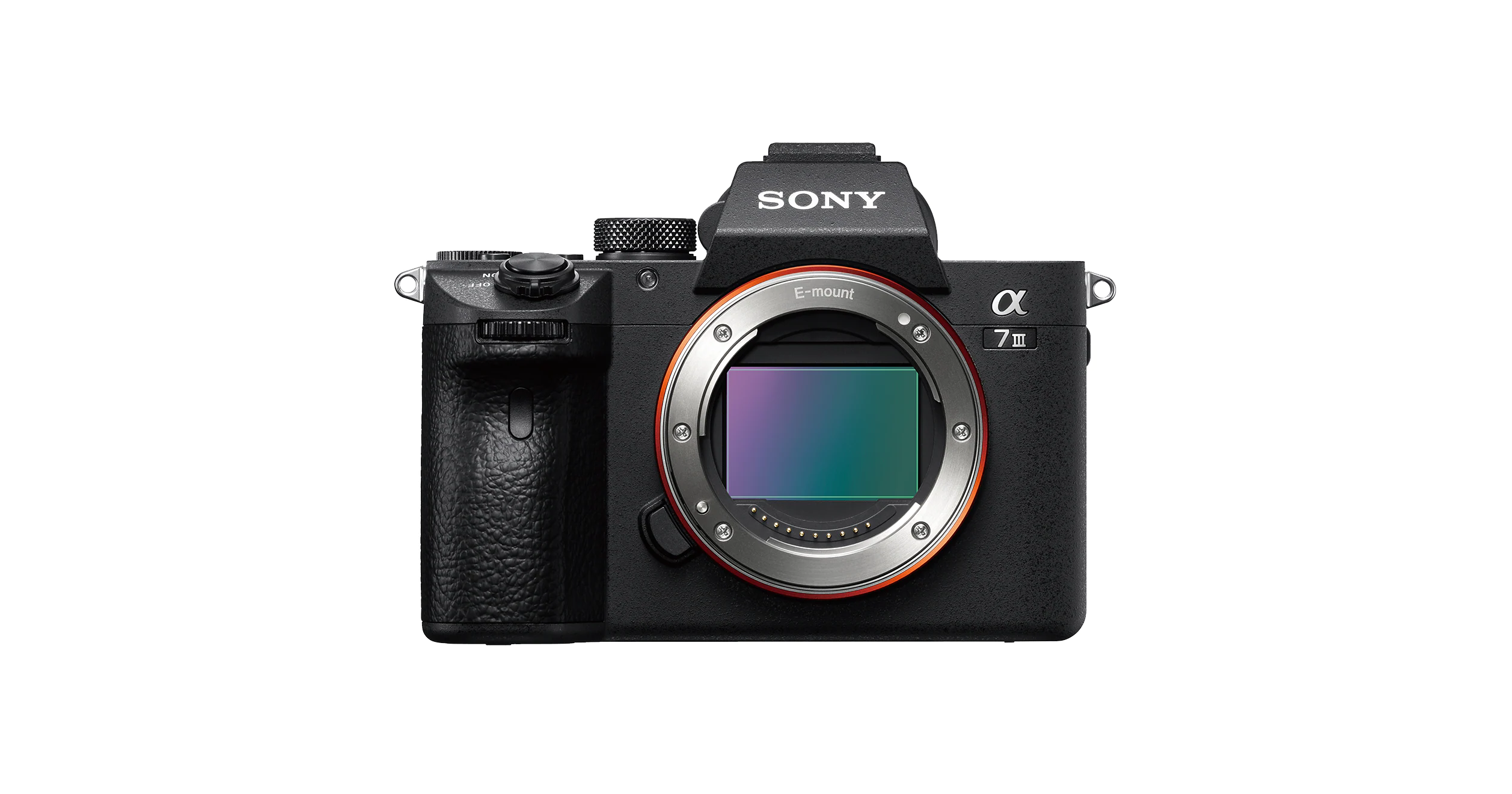
Selecting the right camera is the cornerstone of successful night wildlife photography. The key consideration is a camera’s ability to perform well in low-light conditions. Opt for cameras with high ISO capabilities, as this directly impacts their sensitivity to light. Higher ISO settings allow the camera to capture more light, producing clearer and more detailed images in the dark.
For instance, cameras like the Nikon D850 and Sony Alpha 7 III are renowned for their exceptional low-light performance. These cameras offer a wide ISO range, enabling photographers to shoot in challenging lighting situations without sacrificing image quality.
Lens Considerations
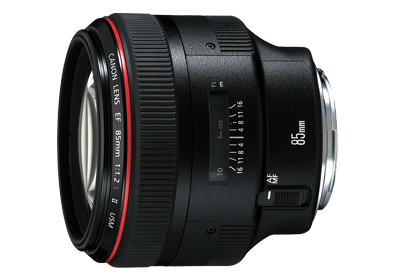
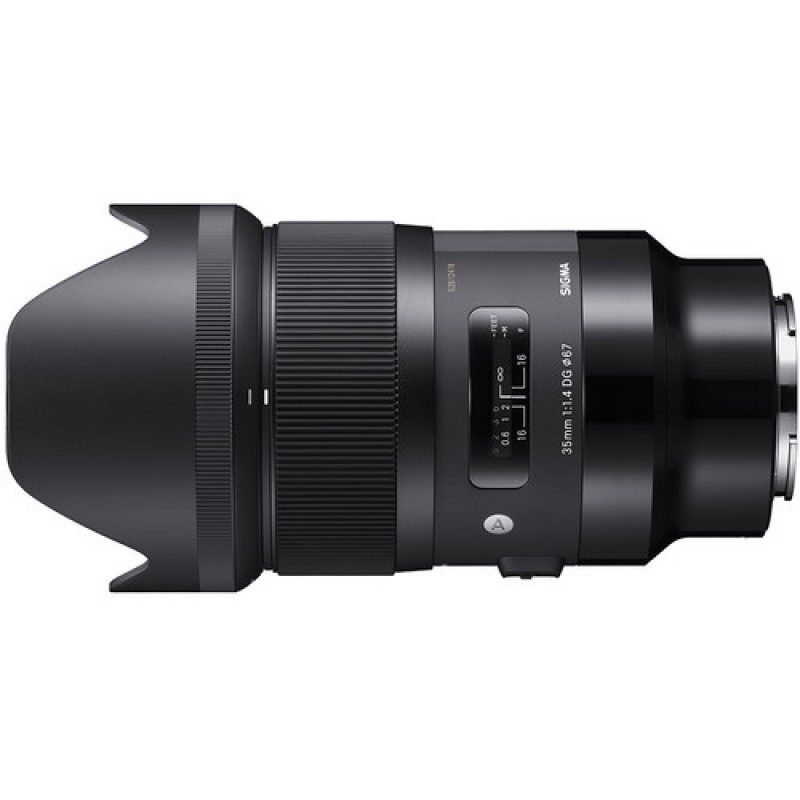
Choosing the appropriate lens is equally critical in night wildlife photography. Fast prime lenses with wide apertures are the preferred choice for capturing detailed and well-exposed shots in low-light conditions. A wide aperture, expressed as a smaller f-number (e.g., f/1.4 or f/2.8), allows more light to enter the lens, making it ideal for night photography.
Consider lenses like the Canon EF 50mm f/1.8 or the Sigma 35mm f/1.4 ART. These lenses not only excel in low-light conditions but also provide the versatility needed to frame wildlife in diverse environments.
Tripods and Stabilization
Stability is paramount in night photography, where long exposure times are often necessary to capture the faint light of the night sky or the subtle movements of wildlife. Investing in a sturdy tripod is a game-changer. A tripod provides a stable platform, preventing camera shake and ensuring sharp, clear images.
Manfrotto and Gitzo are reputable brands known for producing high-quality tripods suitable for night wildlife photography. Look for features like adjustable legs and a robust build to withstand the rigors of outdoor shooting.
Additionally, consider using image stabilization (IS) lenses or in-body stabilization (IBIS) if your camera system supports it. These technologies help compensate for small vibrations or movements, further enhancing the clarity of your shots.
Choosing the Right Location
Selecting the right location is a critical aspect of successful night wildlife photography. Understanding the behavior of nocturnal creatures and their habitats enhances your chances of capturing captivating images. Let’s explore the importance of choosing the right location and how understanding wildlife habits plays a crucial role in positioning yourself for the perfect shot.
Understanding Wildlife Habits
Before embarking on a night wildlife photography expedition, it’s essential to delve into the habits and behaviors of the species you intend to capture. Each animal has unique patterns of movement, feeding, and social interactions, and this knowledge can be the key to positioning yourself for that perfect shot.
Research and Observe
Research is the first step. Read about the species you are interested in photographing. Understand their feeding times, mating rituals, and preferred habitats. Online resources, field guides, and scientific publications are valuable sources of information.
Observation in the field is equally crucial. Spend time quietly watching the behavior of the wildlife you’re interested in. Take note of their usual paths, favorite resting spots, and any interactions with other members of their species. Patient observation allows you to anticipate their movements and plan your shots accordingly.
Positioning Yourself for the Perfect Shot
Armed with knowledge about wildlife habits, strategic positioning becomes your ally. Whether it’s a watering hole frequented by nocturnal animals or a specific tree where owls tend to roost, being in the right place at the right time significantly increases your chances of capturing remarkable images.
For example, if you’re interested in photographing nocturnal birds like owls, knowing their roosting locations during the day can guide you to set up your equipment nearby before they become active at night. This proactive approach minimizes disturbance and increases the likelihood of witnessing natural behaviors.
Techniques for Capturing Wildlife
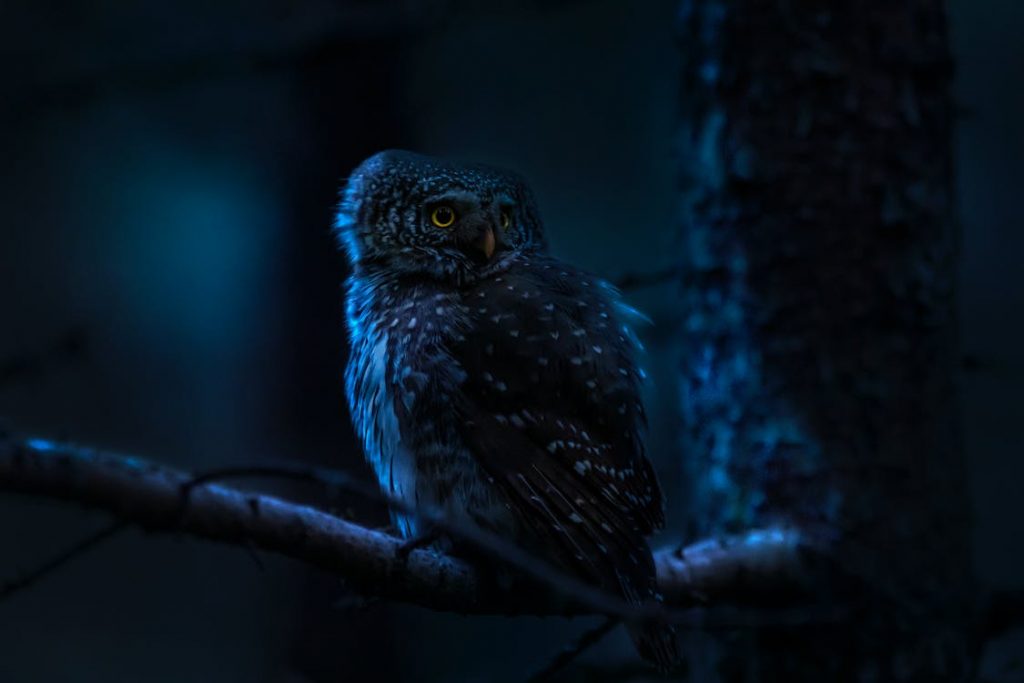
Using Flash Judiciously
Flash as a Valuable Tool
Flash can be a valuable ally in night wildlife photography, especially when dealing with subjects in close proximity. It helps illuminate the scene, revealing details that might be lost in the darkness. However, it’s crucial to use flash judiciously to avoid startling or disturbing animals with excessive light.
Avoiding Disturbance
When using flash, consider the wildlife’s sensitivity to sudden bursts of light. Many nocturnal animals have adapted to low-light conditions and can be easily startled by bright flashes. To minimize disturbance, use a low-intensity flash or attach a diffuser to soften the light. This ensures that you illuminate your subject without causing undue stress to the animals.
Achieving Natural Illumination
Strive to replicate natural lighting conditions as much as possible. Instead of using the flash directly on the subject, consider using it to bounce light off nearby surfaces. This creates a more diffuse and natural-looking illumination, reducing the impact on the wildlife.
Long Exposure Tricks
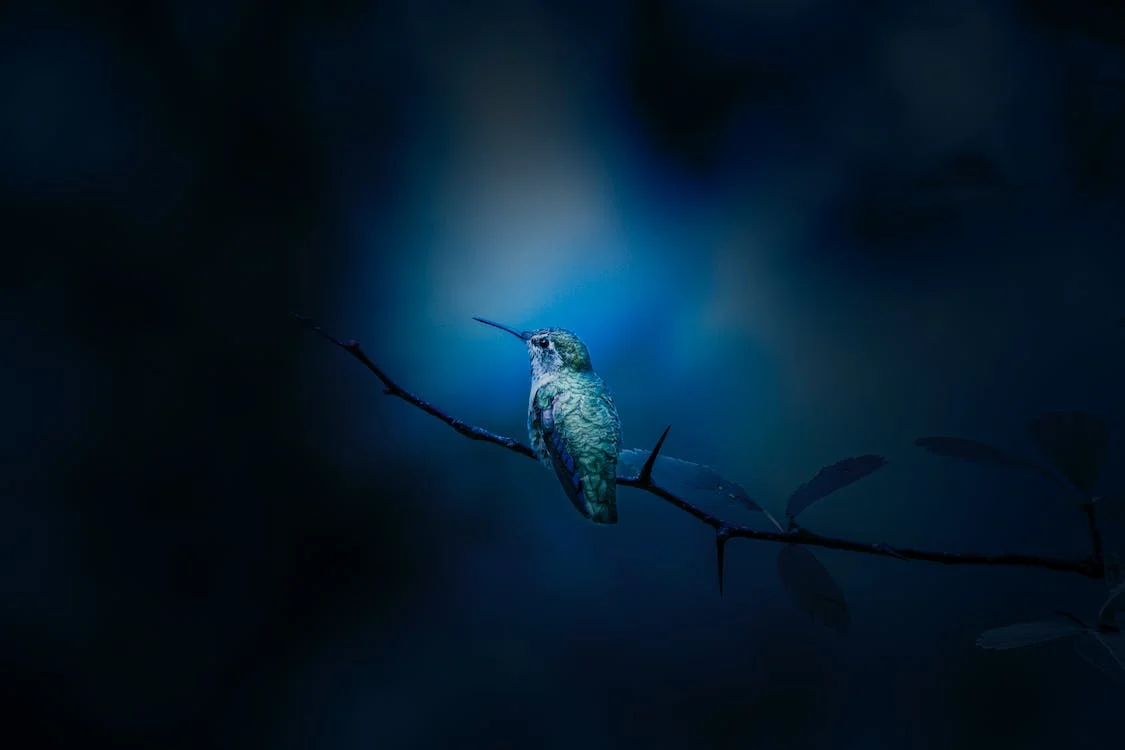
Capturing Mesmerizing Effects
Experimenting with long exposures is a powerful technique in night wildlife photography. This approach allows you to capture the movement of nocturnal creatures against a dark backdrop, creating mesmerizing and ethereal effects.
Selecting the Right Shutter Speed
Adjusting your camera’s shutter speed is key to achieving compelling long exposure shots. While the exact shutter speed depends on the specific conditions and the movement of the wildlife, starting with a shutter speed of several seconds can capture the graceful movements of animals such as bats, owls, or flying insects.
Using Tripods for Stability
Long exposure shots demand stability to avoid blur. Employ a sturdy tripod to keep your camera steady during extended exposures. This not only ensures the clarity of your images but also allows you to experiment with longer shutter speeds without compromising quality.
Creative Opportunities
Long exposure tricks open up creative opportunities to showcase the dynamic nature of nocturnal wildlife. For instance, photographing a grazing animal with a long exposure can create a trail of light as it moves through the frame, offering a unique and visually striking image.
The Importance of Wildlife Photography
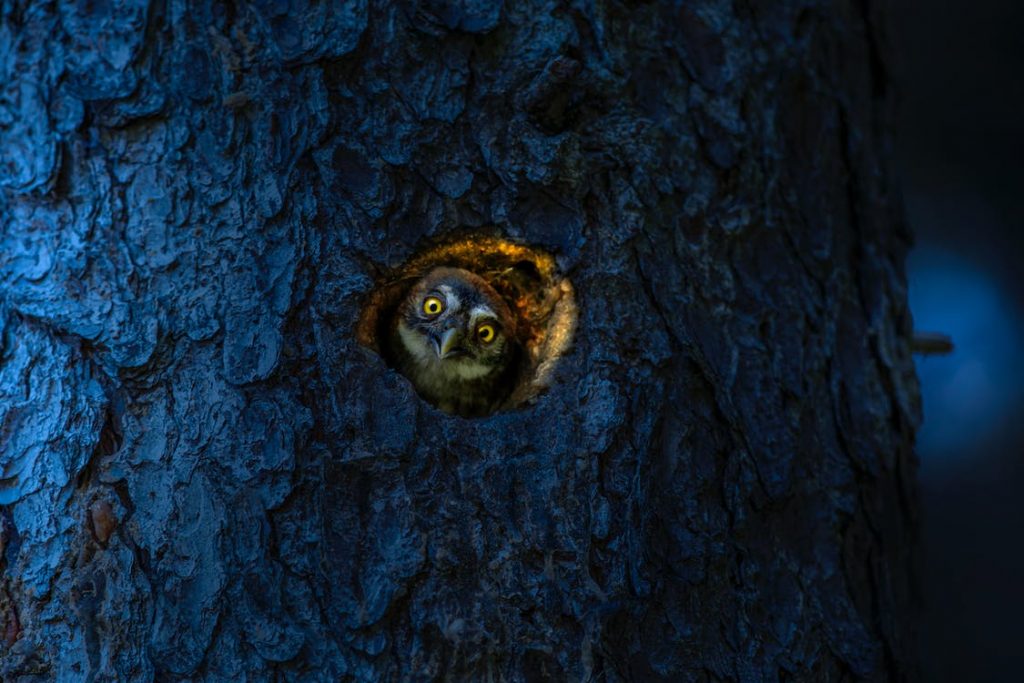
Contributing to Conservation Efforts
Powerful Documentation Tool
Night wildlife photography acts as a powerful documentation tool, providing a visual record of the diverse species that inhabit our ecosystems during the nocturnal hours. These images offer valuable insights into the behaviors, habitats, and interactions of creatures that are often elusive and less understood.
Showcasing Beauty and Importance
Your photographs become advocates for the conservation of wildlife habitats. By showcasing the beauty and importance of these environments, you raise awareness about the delicate balance of ecosystems and the necessity of preserving them for the well-being of both wildlife and humanity.
Advocacy Through Imagery
Conservation organizations often rely on compelling visuals to convey the urgency of their mission. Your night wildlife photographs can be powerful advocates, illustrating the need for protective measures, habitat restoration, and sustainable practices to ensure the survival of these creatures and their ecosystems.
Educational Value
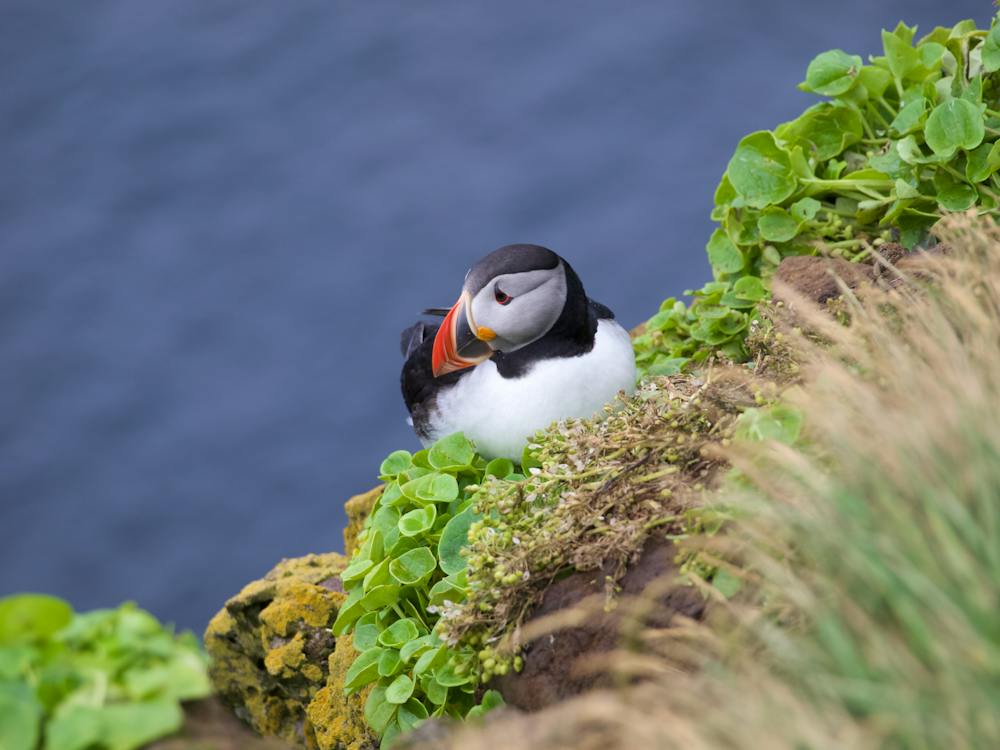
Beyond Aesthetics
While the aesthetic appeal of night wildlife photography is undeniable, its educational value is equally significant. Your images become windows into the natural world, offering a glimpse of the intricate relationships between species and the ecosystems they inhabit.
Inspiring Appreciation
Your compelling visuals have the potential to inspire others to appreciate the wonders of the natural world. Through your lens, viewers can connect with the beauty of nocturnal creatures and develop a sense of awe and reverence for the intricacies of nature.
Fostering Environmental Stewardship
Education is a powerful catalyst for change. By sharing your knowledge and experiences through night wildlife photography, you contribute to fostering environmental stewardship. Individuals who are moved by your images may become motivated to take action, whether through supporting conservation initiatives, participating in community environmental projects, or making informed lifestyle choices that benefit the planet.
Conclusion
In conclusion, night wildlife photography is a thrilling pursuit that requires dedication, patience, and a deep love for both photography and the natural world. As you embark on your nocturnal adventures, remember to capture not just images but the essence of the wild under the moonlit sky.
FAQs
1. Is night wildlife photography only for professional photographers?
Night wildlife photography is open to enthusiasts of all levels. With dedication and practice, even beginners can capture stunning moments in the dark.
2. How can I contribute to conservation through night wildlife photography?
By documenting the beauty of wildlife habitats, you can raise awareness and contribute to conservation efforts. Share your images with organizations working towards wildlife preservation.
3. Do I need expensive equipment to start night wildlife photography?
While high-end equipment can enhance your capabilities, even entry-level cameras with manual settings can produce impressive results. It’s more about skill and understanding than the price of your gear.
4. Are there specific seasons or times better for night wildlife photography?
While certain seasons may offer unique opportunities, night wildlife photography is possible throughout the year. Understanding the behavior of nocturnal creatures is more crucial than the season.
5. What role does post-processing play in night wildlife photography?
Post-processing is essential for refining and enhancing your images. However, it’s crucial to strike a balance and preserve the authenticity of the scenes you capture.
Afterword
We hope that you find this article helpful. Thank you for reading and you’re always free to leave a comment. If you find this article interesting, consider checking out one of our recently published posts. A few of them showcase advancements in technology such as AI Art Generators. On the other hand, if you’re looking towards Photography, we also offer great articles for your inspiration. We also have multiple articles that talk about the various printing mediums for wall art. May these articles give you inspiration for your next print!
Find them here:
Discover the Secret to High-quality Canvas Prints
The 9 Best Canvas Print Companies in 2023
Acrylic Prints: Add Vibrance to Any Space
The Top Food Photography Trends to Try Now
The Ultimate Guide to Continuous Lighting for Photography
Stable Diffusion Tips and Tricks
Best AI Art Generator for Android Phones 2023
We enjoy reading your comments and insights with our posts! Should you have any questions or concerns, feel free to leave them below! -Mark

